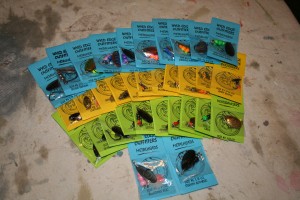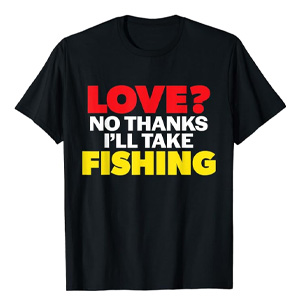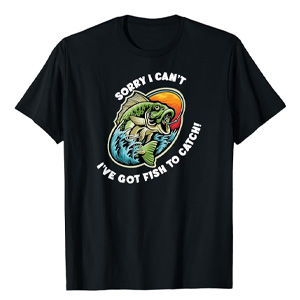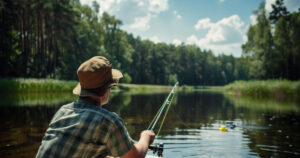Winter Steelhead Fishing Requires Something Special Getting up on a Winter morning to go Steelheading is a cold affair. The air is cold, the water is cold, your fingers are cold. Most of all the Steelhead are more than a little cold and sleepy. Combine this with faster flows and water that is every shade of murky and you have a recipe for not catching any fish. So what is the go-to lure when things are cold and dark? Spinners of course.

Spinners Have an Advantage in Dark Water Winter rain or snowmelt can turn the rivers murky and swift. This means the fish can’t see lures as well, and often times the Steelhead will have difficulty locating a scent trail unless it is right in front of them. What they can feel though is vibration. Even admit all the turbulence in the rivers, fish can pick up on the thrumming of a spinner chopping its way through the water.
Even in Low Water Spinners Work Between rainstorms, or when it is all falling as snow, water levels can drop and clear up. This is still a great opportunity to use spinners. Simply downsize the lure and be aware that as the water clears the fish can see you again! If your favorite fish holding spot is full of pretty clear water, it is time to try the ‘casting upstream’ technique featured below.
Which Spinner to Use Many factors affect which spinner to use, but generally speaking a size #3 through #5 will work for Winter conditions. The Color to use is a topic of much debate. In very dark and stained water, a silver body and blade that put out the maximum flash is probably a safe bet, as there is less chance of spooking the fish. Other good options for dark water are bright orange and greens. As the water clears and visibility improves you can move to Brass colored lures or dark bodied spinners with a flash of color like Wyld Edge’s Headbanger series
How to Fish Those Spinners There are three basic ways to fish spinners.
- Casting Up Stream – This is the hardest to master, but allows you to fish deeper. Simply cast upstream, flip your bail over and retrieve just fast enough to keep your blade spinning. The idea is to keep the spinner moving and up off the bottom, but not pull it in so fast that the fish won’t follow it.
- Across the Stream – A standard presentation, casting across the flow, allowing the lure to sink and then using a steady retrieve to keep it up out of the rocks.
- Flipping into Rips – A favorite of mine, flip your spinner into the rip at the edge of a pool and let the current carry it along. Try to follow the edge of the faster water with your spinner and then retrieve slowly. Stay alert though because fish will follow lures presented this way a long ways and may surprise you with a strike when you are about to pull it out of the water.
Know Your Water Regardless of where you fish and what season, this holds true. Many true Steelheaders will also tell you to fish the waters closest to you until you know every hiding spot for Steelhead regardless of the water levels. Remember to fish the edges and don’t forget the water under your feet. The faster and darker the water, the more likely the fish are to be tucked in along the edges hiding under banks, and behind rocks.
Cover the Water Remembering that the water is murky, even a spinner can only pull fish from so far, so don’t just stand in one spot. Shai Plummer of Wyld Edge Outfitters sums it up like this:
“You can’t catch fish if you are not fishing where they are at. When I am on the river I fish from the bank and I am constantly moving even if it is only a couple of feet at a time. With spinfishing, a good general rule is that if you have made four to five casts to one spot, give up on it and move on, unless you see activity that shows you that there are fish there. Fish as many holes as you can and cover them well.” So keep moving! As soon as you have covered an area take a step and start again. One good rule of thumb is to move as far between casts as you can see into the water.
Fish, Fish, Fish! Steelheading takes practice and patience, and there is nothing else that can compare to just putting in time with your line in the water.






